The purpose of Social Security Disability Insurance (SSDI) is to offer primarily financial assistance to people who paid payroll taxes into Social Security for many years and are now disabled to the point that they cannot hold gainful employment. That said, Reno SSDI benefits are not meant to completely replace income lost to a disabling medical condition, and their exact value can vary a lot from person to person.
The Social Security Administration (SSA) has a strict set of guidelines governing how the value of SSDI benefits should be calculated for each qualifying applicant, as well as what additional forms of support a particular applicant may be eligible to receive. Here is a brief overview of how this particular aspect of the SSDI application process works, each part of which the experienced SSDI lawyers at Shook & Stone could go into more detail about as needed.
How Does the SSA Calculate SSDI Benefits?
The formula that the SSA uses when determining what amount of SSDI benefits a qualifying applicant in Reno may receive is somewhat complicated, but in brief, it is built primarily around two figures. First, the SSA calculates the applicant’s Average Indexed Monthly Earnings (AIME) by:
- Selecting from up to 35 years in which the applicant worked, the years with the highest “indexed earnings”
- Dividing the sum of those indexed earnings by the number of months it took to earn them
- Rounding that figure down to get an AIME measured in dollars.
Then, the SSA feeds that figure into a formula to determine the applicant’s Primary Insurance Amount (PIA), which awards you certain amounts of compensation up to specific “bend points” determined every year by the national average wage index—specifically, 90 percent of earnings up to the first bend point, 32 percent up to the second bend point, and 15 percent after that. There is also a cost of living adjustment (COLA) to the value of awarded benefits each year to account for inflation, which usually equates to somewhere between a one percent and two percent increase.
Other Benefits Available Through SSDI
Someone who qualifies to receive SSDI benefits in Reno will automatically be enrolled in Medicare by the SSA two years after the date on which they first became entitled to receive SSDI benefits. However, individuals with Lou Gehrig’s disease (ALS) can be enrolled in Medicare immediately after they become entitled to SSDI benefits, and individuals with end-stage renal disease can receive Medicare coverage in the month they first start at-home dialysis or get a kidney transplant, or three months after starting outpatient dialysis treatments.
Alternatively, the Consolidated Omnibus Budget Reconciliation Act (COBRA) allows newly disabled workers to remain on their employer’s healthcare plan for up to 29 months after they leave their jobs, as opposed to the 18 months of extended coverage afforded to non-disabled workers. It is worth noting as well that certain disabled and low-income individuals may be eligible for both SSDI benefits and Supplemental Security Income (SSI) at the same time.
A Reno Attorney Could Help Maximize Your SSDI Benefits
Seeking Reno SSDI benefits is never as simple as sending an application to the SSA and cashing the checks they then send you every month. In fact, many different factors could play into what type and amount of benefits you ultimately receive, and understanding those factors in advance can be key to making the most of your benefits application.
That is where the seasoned attorneys at Shook & Stone could help. Call today for a free consultation, and learn what our capable legal team could do for you.


